Today I join the ranks of striking university staff*. I thought it was worth taking a few minutes to explain why.
Toward the end of last year the University Superannuation Scheme (USS), which provides pensions for some 200,000 university staff (including lecturers, administrative and support staff) published its most recent valuation of its assets and forecast expenditure. They started off by taking a low valuation of their assets, then crunched some numbers. The outcome of this was that there appeared to be a a 40-ish% risk of the pension pot defaulting.
The employers who pay into USS instructed USS to move to a ‘low risk’ forecast, where investments were moved to lower interest but lower risk securities. USS re-did the numbers and suddenly the risk of default becomes 43%. Much shaking of heads. Pensions must be cut!
There’s a really nice breakdown of why this is all wrong here. But the long and short of it is that this forecast is based on the assumption that pretty much every University established before 1992 (i.e. the overwhelming majority of USS employers) goes bust at once. That every employee from those universities does not take part in the Higher Education economy any more, and that they cease paying into the USS scheme. In other words, this forecast is built on the assumption that pretty much the entire sector collapses. Now, while I’m certainly not optimistic for a post-Brexit UK economy, even I find that ridiculous.
 This whole approach to number crunching is based on the fact pension funds must be evaluated by ‘managing the risk of default’. While appropriate for individual businesses and employers, trying to patch that onto a sector-wide pension scheme is obviously not particularly appropriate. Not to mention the fact that any collapse of that magnitude would lead to such extreme impacts on the economy that any forecasts made now would be meaningless in any case. It is equivalent to a buildings insurance policy assuming that all houses in the country are going to be destroyed by a volcano in the next 12 months, and therefore that any premium less than £200,000 will result in default of the insurance company.
This whole approach to number crunching is based on the fact pension funds must be evaluated by ‘managing the risk of default’. While appropriate for individual businesses and employers, trying to patch that onto a sector-wide pension scheme is obviously not particularly appropriate. Not to mention the fact that any collapse of that magnitude would lead to such extreme impacts on the economy that any forecasts made now would be meaningless in any case. It is equivalent to a buildings insurance policy assuming that all houses in the country are going to be destroyed by a volcano in the next 12 months, and therefore that any premium less than £200,000 will result in default of the insurance company.
The USS response to this farcical forecast was cuts to pensions that will result in up to 40% reductions in payments. This is on top of changes that were made several years ago to solve the perceived pension shortage in a forward thinking manner; retirement ages were hoisted up, final salary pension schemes were axed, the usual. All of this against a backdrop of a university sector so buoyant that university heads are giving themselves pay rises. The financial situation in Universities UK and the USS is just not even remotely comparable to other pension cuts seen in recent years.
And perhaps even more importantly, all of this appears to have been triggered by a survey of USS employers, which has overly weighted the influence of universities with colleges (each college counts as a separate employer), and for whom at least some of their responses were drafted by individual staff members without consultation.
TLDR: Bad numbers, leading to bad assessments, fed by bad surveying, leading to bad decisions, leading to the screwing over of nearly a quarter of a million people.
* There’s several reasons I haven’t taken part up to this point which I might go into in another post, and am happy to elaborate on in the comments.
PS – Yes, we’re just going to gloss over the fact I haven’t posted anything here for 4 years.

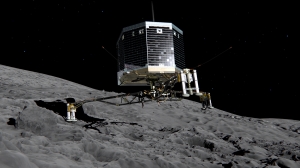
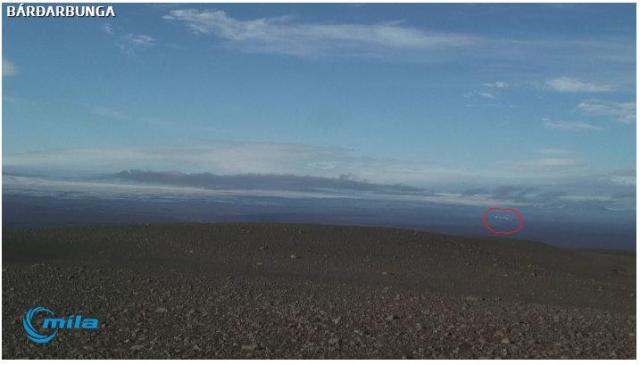
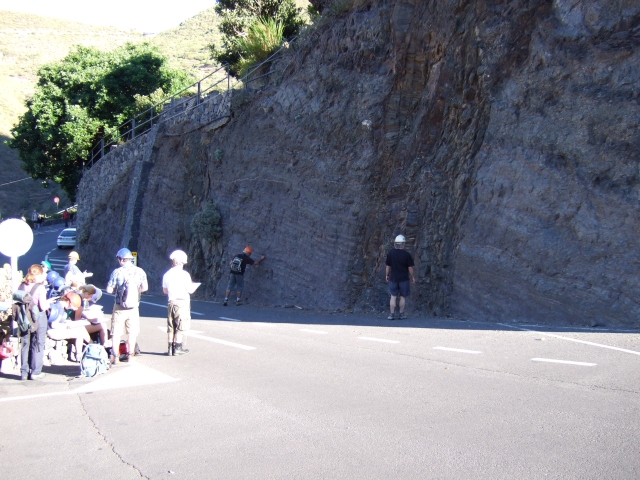
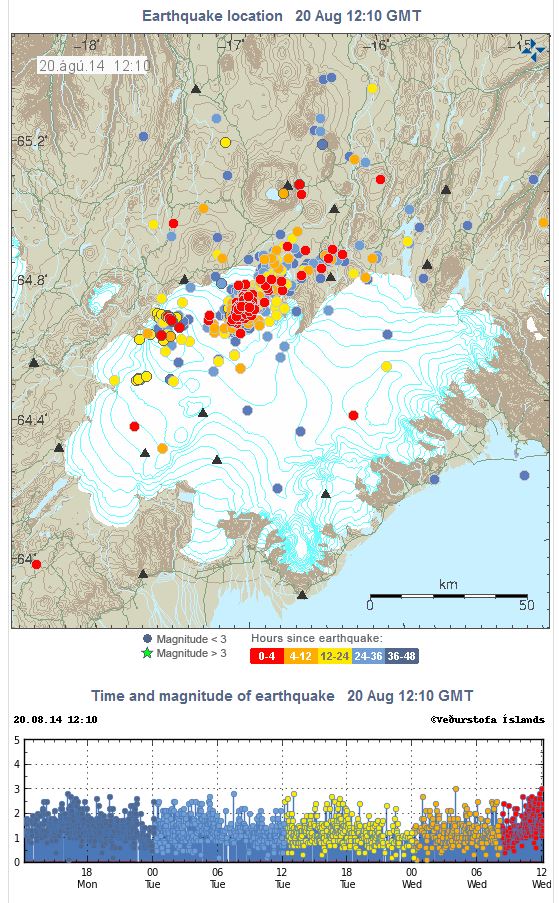

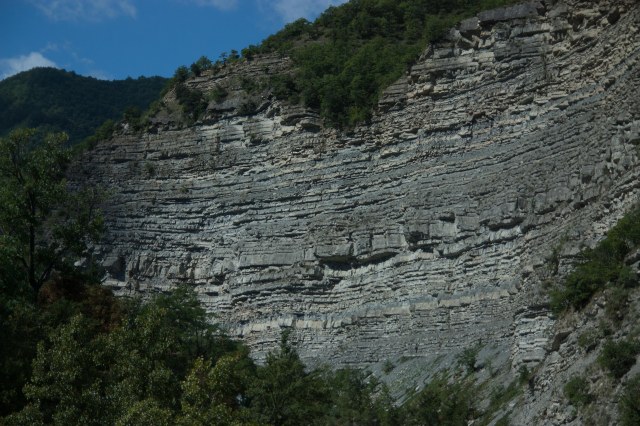
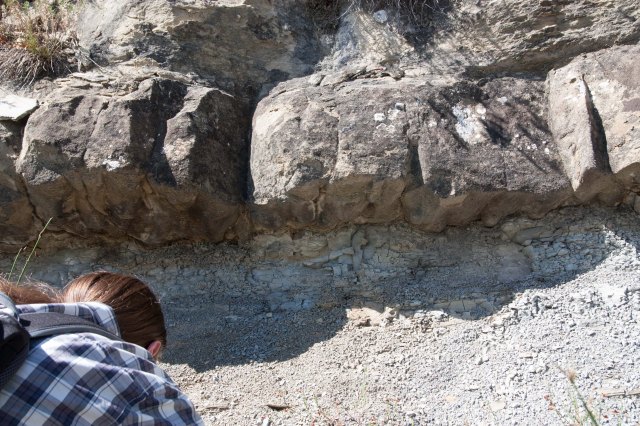
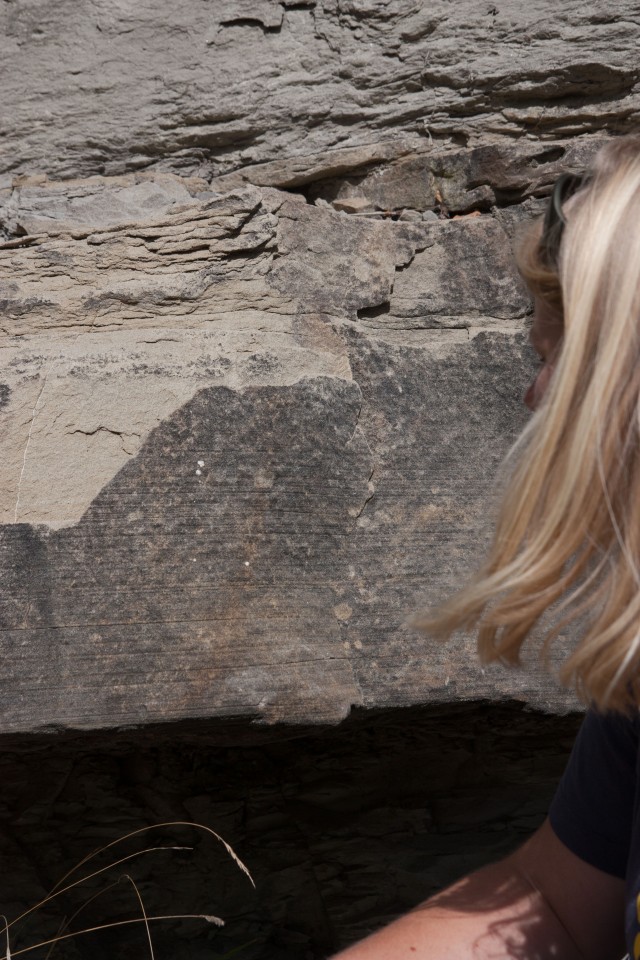
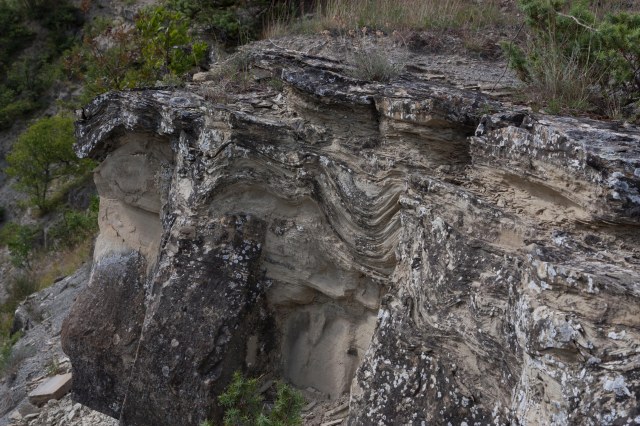
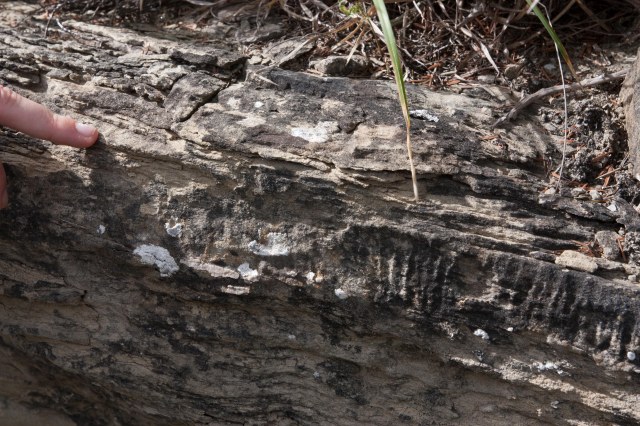
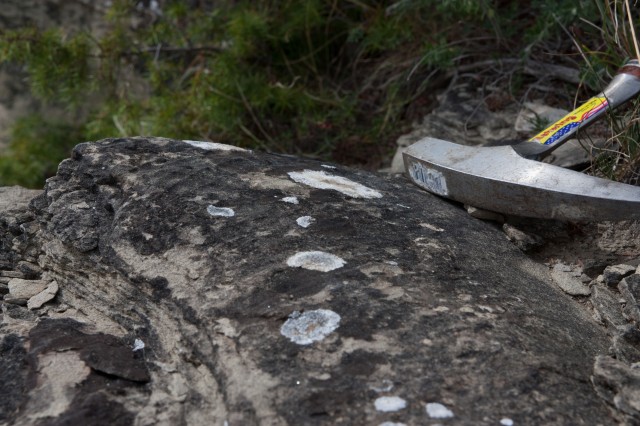
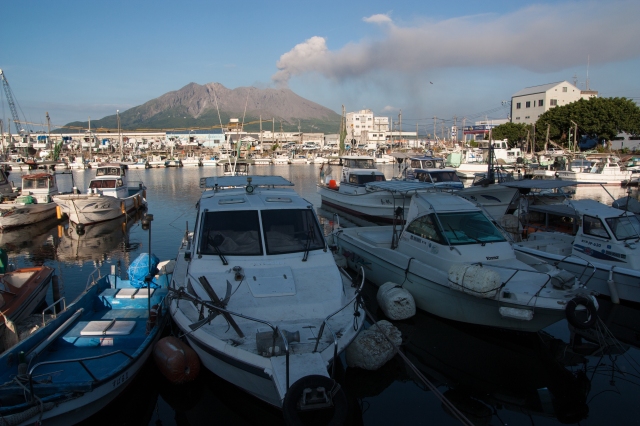
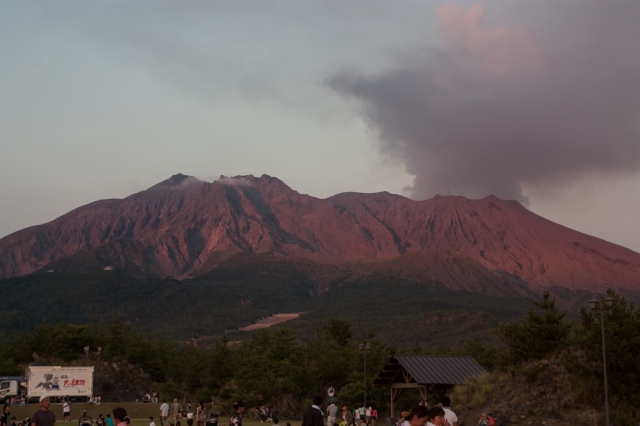
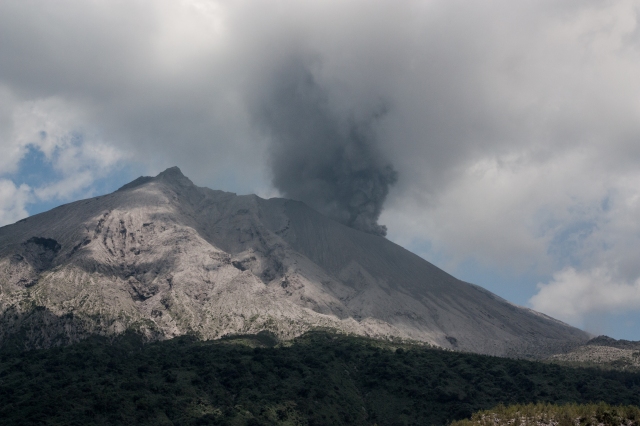
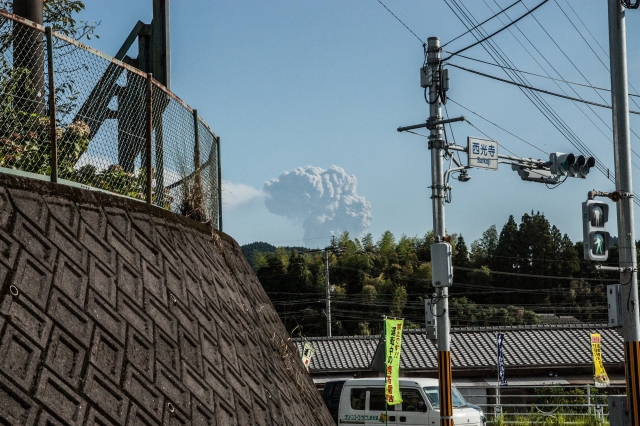
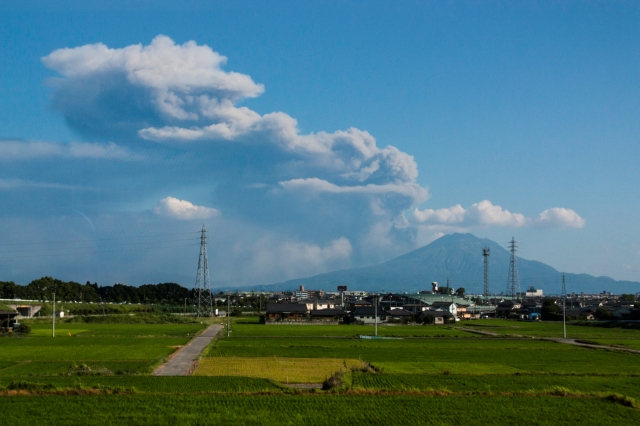


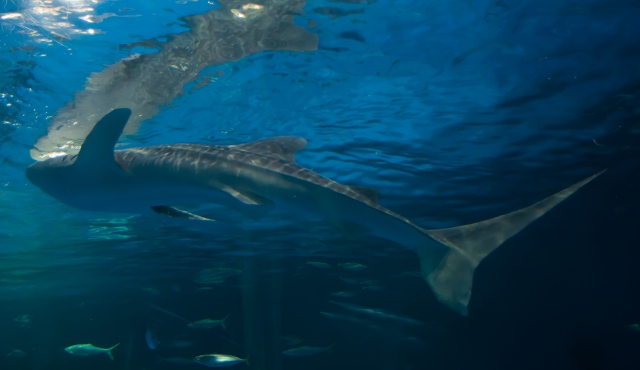
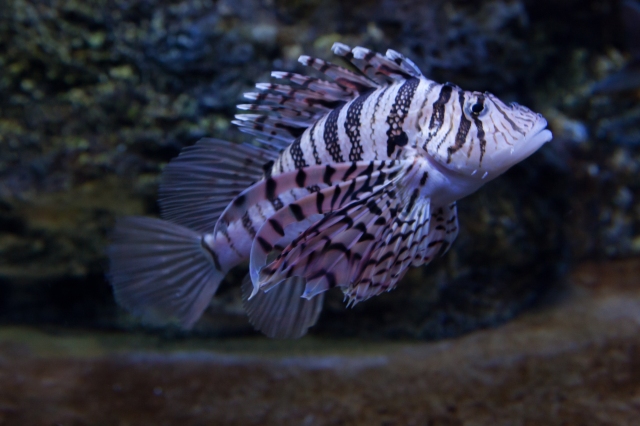



You must be logged in to post a comment.